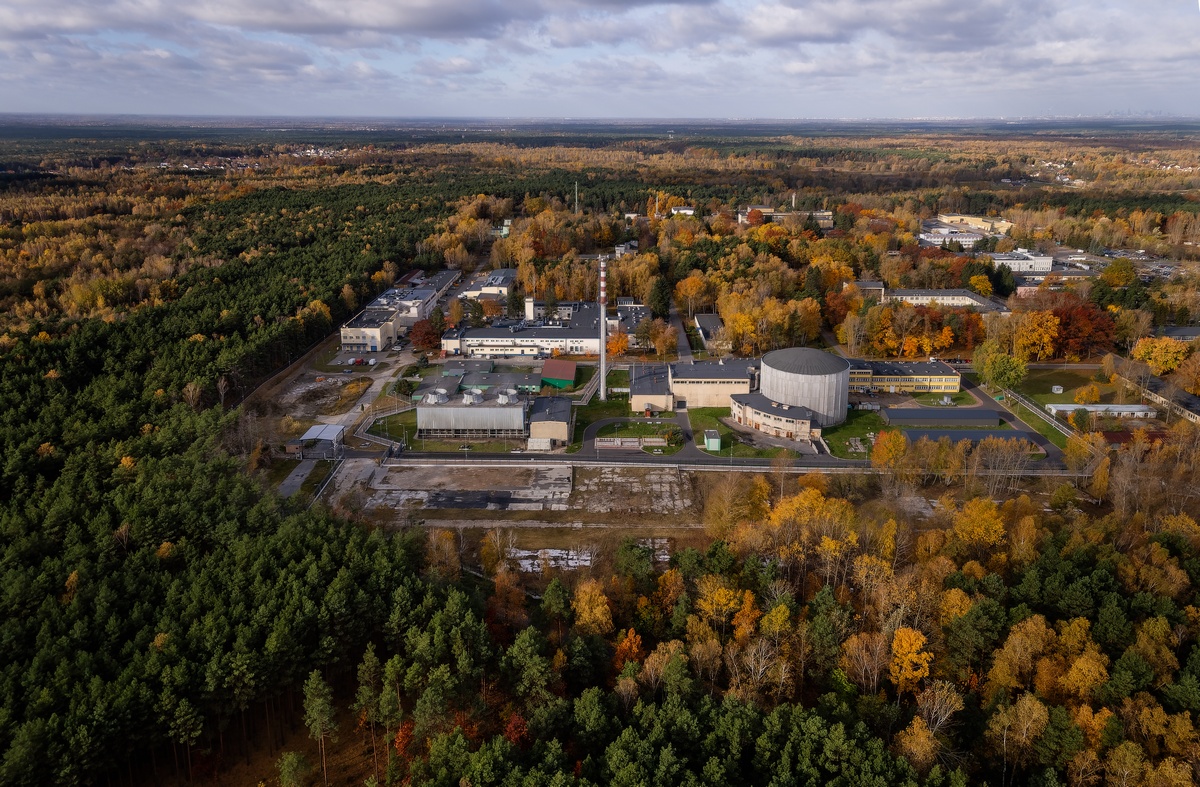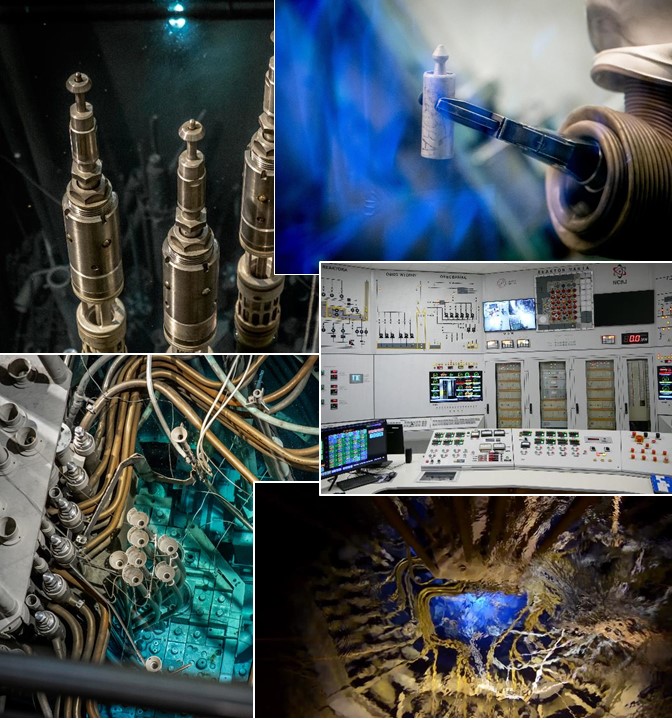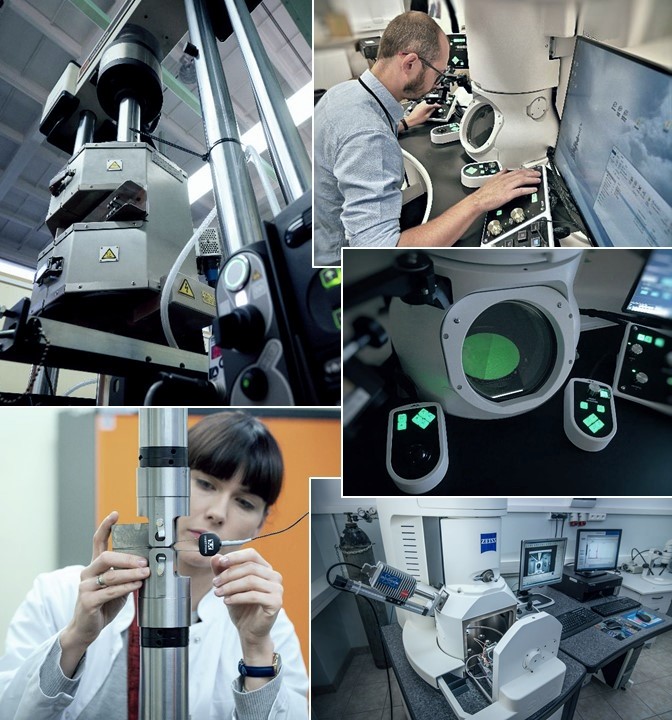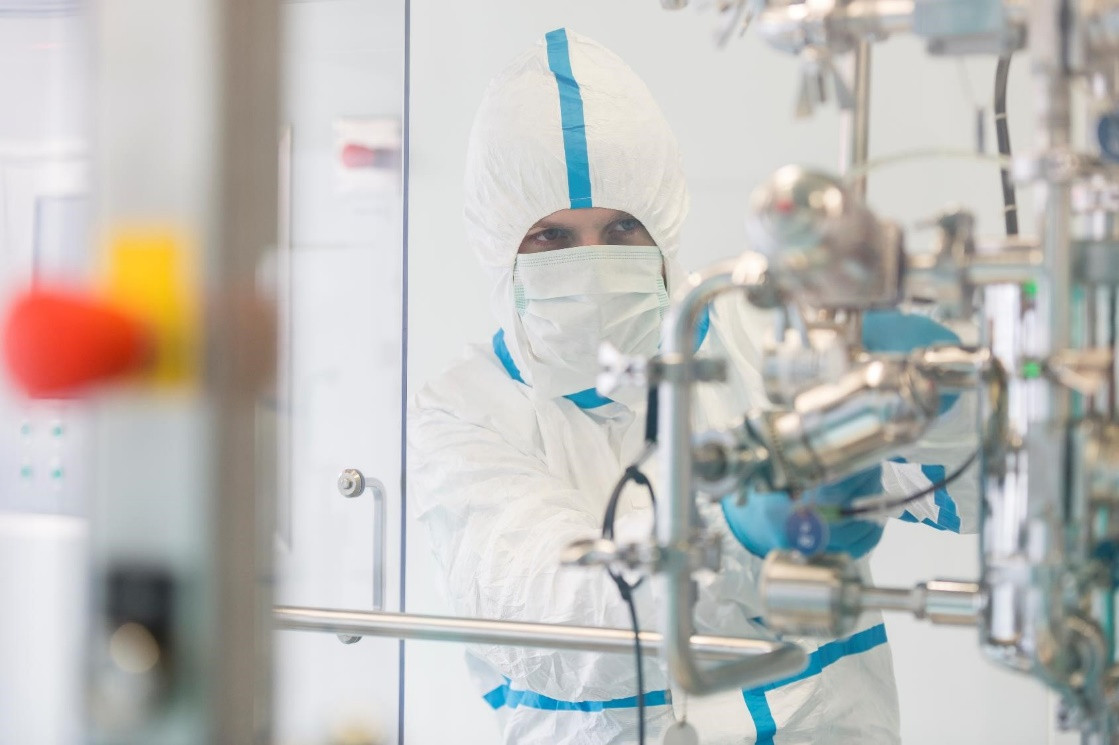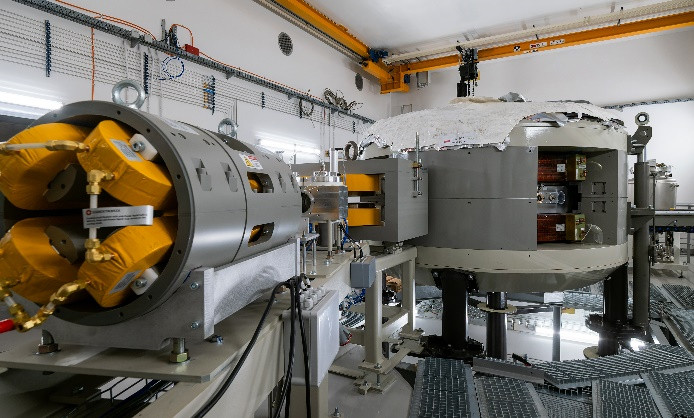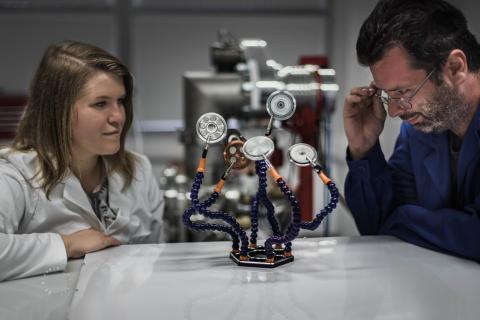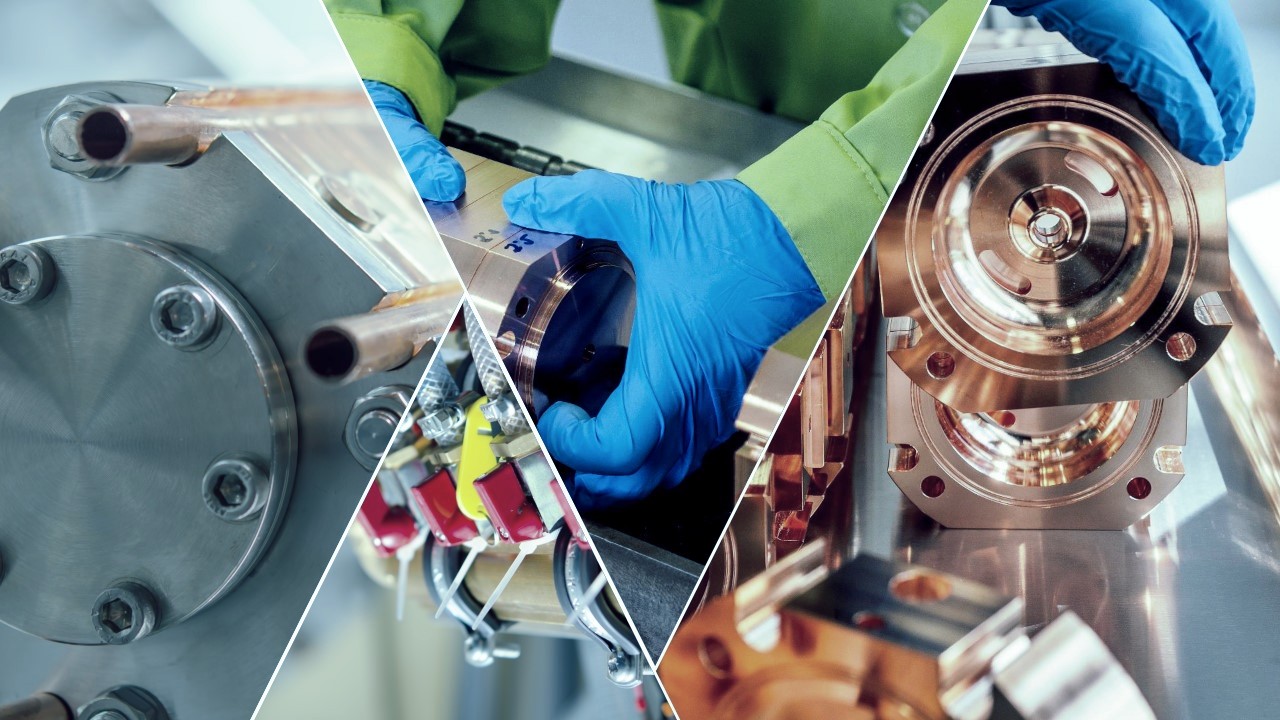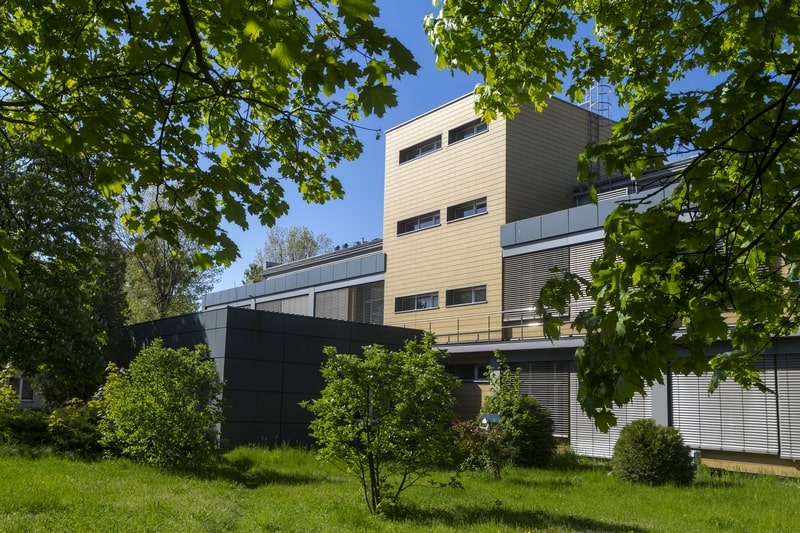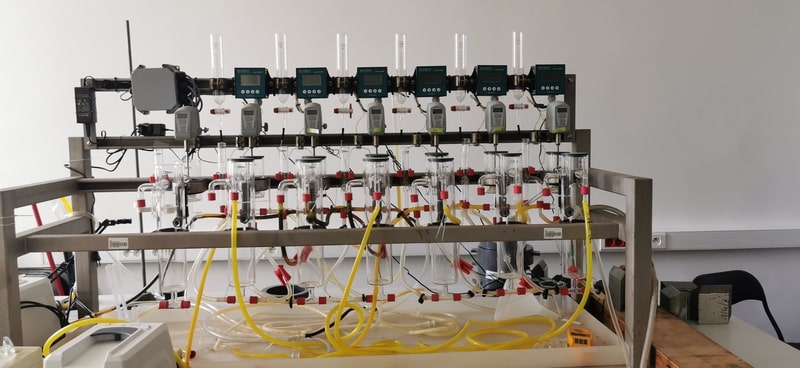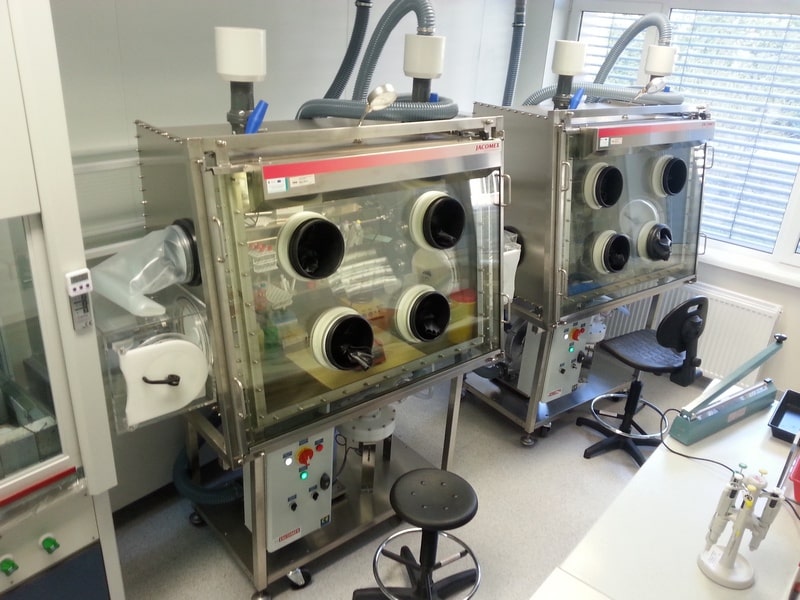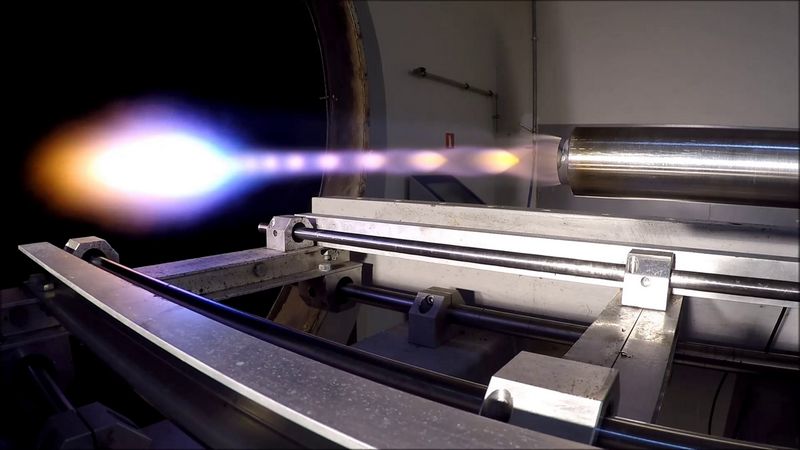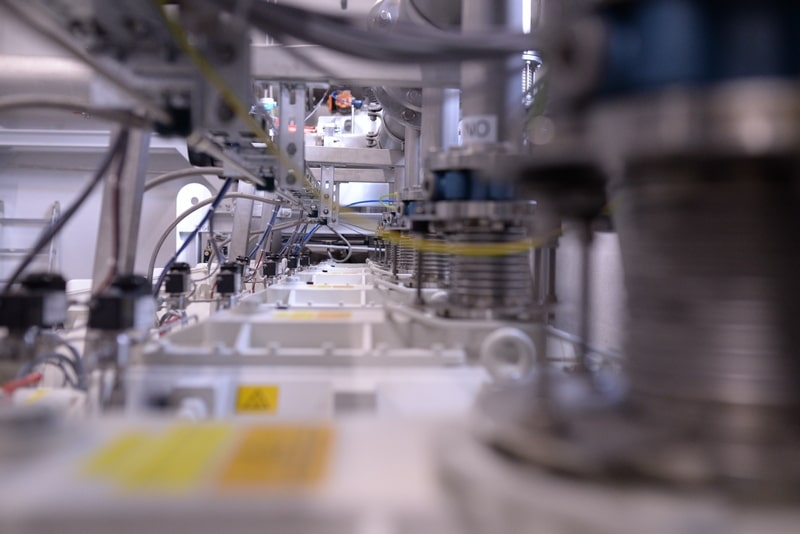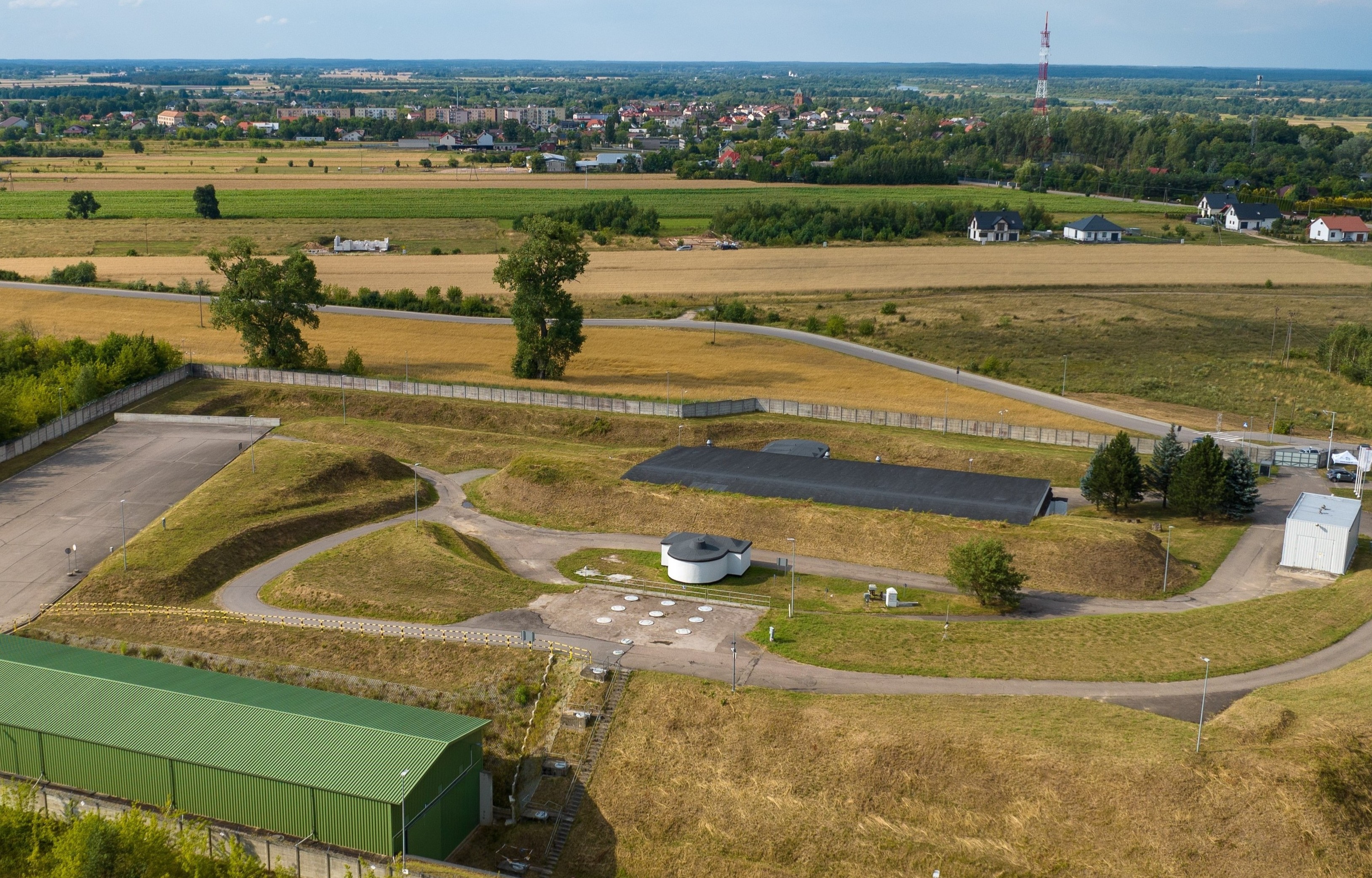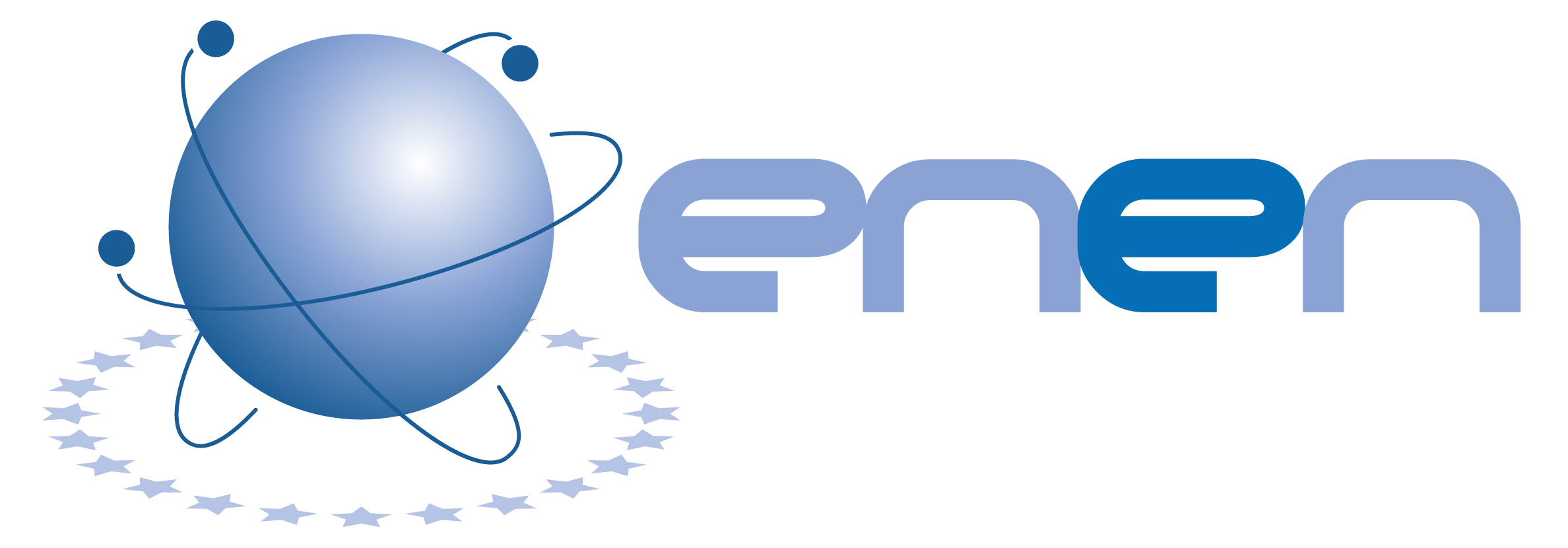National Centre for Nuclear Research (NCBJ) is located 30 km from Warsaw. During this trip, you will visit MARIA reactor, NOMATEN Centre of Excellence, POLATOM Radioisotope Centre, Centre for Design and Synthesis of Molecularly Targeted Radiopharmaceuticals, Materials Research Laboratory and Department of Nuclear Equipment HITEC.
Meeting place: in front of the Hilton Warsaw City Hotel – Grzybowska Street
Time: 7:45 am. After checking the attendance list, we will start the journey to NCBJ by ŚWIERK Bus at 8:00 am. The trip will take about 45 minutes.
Please remember to bring your ID/Passport. It is necessary to enter the NCBJ. Take the document you provided in the registration form.
Directions:
1. Participants will be divided into groups. Please do not change groups, it will make it easier to visit NCBJ. The division into groups will be determined by the organizer according to the list of participants' names.
Participants are divided into 4 groups: A,B,C,D. Each group will have its own chaperone to help navigate the NCBJ.
2. Please adjust your attire according to the weather. For safety reasons, please do not wear sandals, high-heeled shoes.
3. Unannounced equipment such as laptops/tablets, etc. may not be brought into NCBJ premises.
Lunch: At 12:30 pm there will be a break for lunch, after which we will continue our visit.
Back to Warsaw: At 4:30 p.m. we will end the visit to NCBJ. Return to Warsaw by ŚWIERK Bus will take about 45 minutes. We will return to the city center, from where you can return to your hotels.




